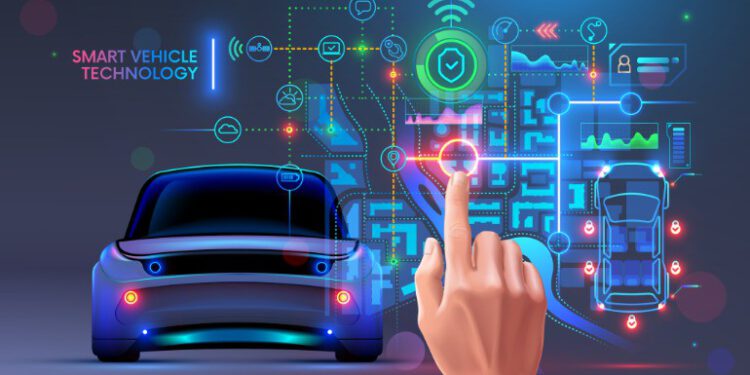They are state-of-the-art factories where the future rolls off the assembly line. Cars with innovative technology on board, which should make driving even more comfortable. It is therefore not surprising that the automotive industry also occupies a key position in terms of augmented reality (AR) and virtual reality (VR). Not only in the production itself, but also before and after the new possibilities play an enormously big role.
In these five areas, car manufacturers rely on AR:
1. Design and planning
What should the new vehicle look like? What shapes and colors fit? The design departments of the manufacturers can explore all this at an early stage with the help of AR. From a first draft, a 3-D model is created on the computer, which can be viewed from all sides using AR technology. Data glasses, tablet or smartphone are necessary for this. With just a few hand movements, materials can be replaced, shapes can be adapted, the colouring can be changed. In augmented reality, plans can also be merged. For example, it can be checked whether components fit or not.
2. Manufacturing
In manual production, overlays in the AR application show employees the next work steps. This prevents errors and unnecessary waste. In addition to the actual production, AR also supports production and plant planning. New machines can be integrated into the environment in advance and later processes can be simulated at this time.
3. Quality Assurance
Faulty processes in production can be identified and documented at an early stage by AR apps. This speeds up maintenance or repair work because experts no longer have to be on site. Production processes can be optimized. Virtual tours of suppliers also lead to increased quality, because possible defects and problems become visible in advance.
4. Training and training
With the help of augmented reality, training courses for employees in the automotive industry are easier. In this way, new personnel can be trained faster, with greater attention and better results. There is no need for time-consuming training.
5. Marketing and Sales
After the completion of the car, marketing and sales will also benefit from the new tools. AR applications are now used to create vehicles in printed advertisements in 3D. Customers experience virtual test drives through data glasses. If the customer decides to purchase and the next maintenance is due, he no longer necessarily has to go to the workshop. Via an AR application and an app, he learns how, for example, the oil change has to take place.








